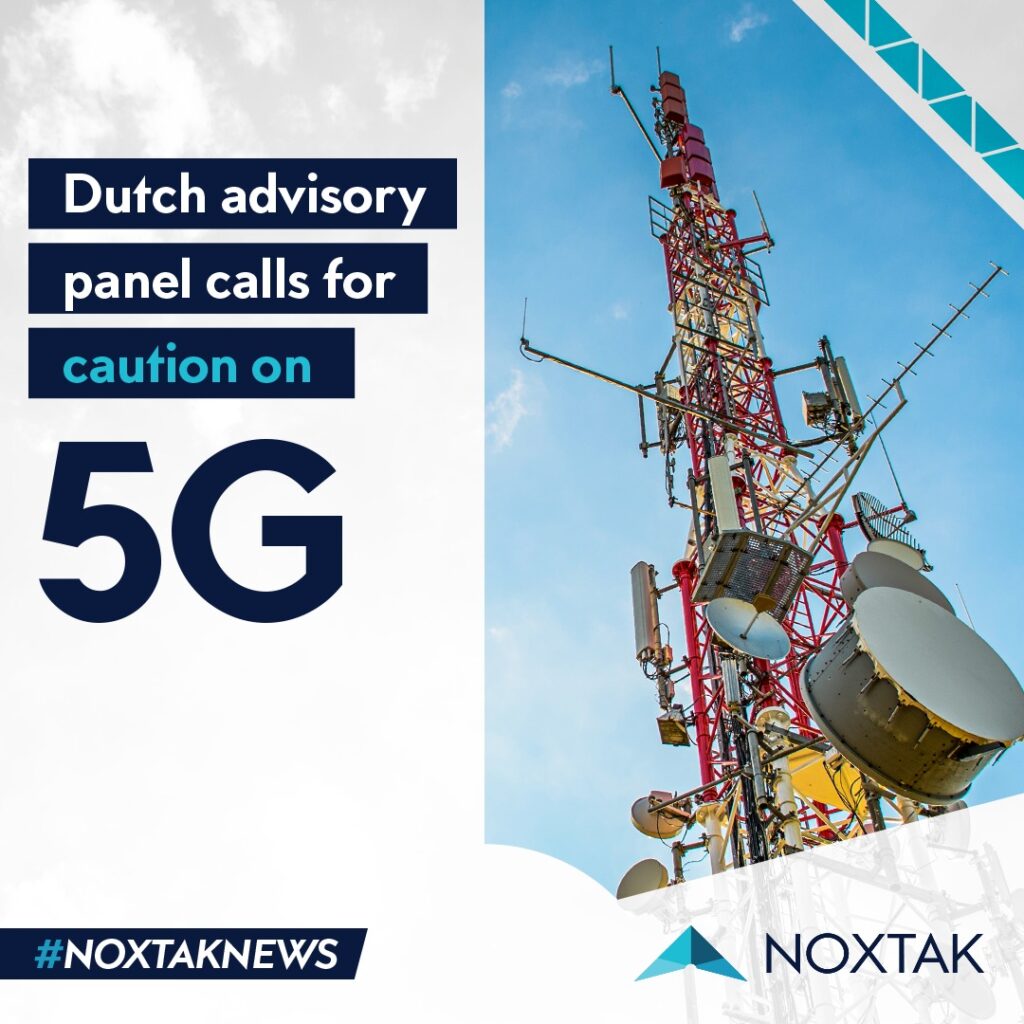
An advisory panel to the Health Council of the Netherlands is recommending a “cautious approach” to 5G radiation exposures.
The committee is also advising that the 26 GHz frequency band (millimeter waves) not be used “for as long as the potential health risks have not been investigated.”
The new advisory report, 5G and Health, was originally released in September with an executive summary in English. Now a full 131-page translation is available (it features 807 references). There is also a 33-page overview.
The nine-member panel, all from Holland, was chaired by Professor Hans Kromhout, an epidemiologist at the University of Utrecht’s Institute for Risk Assessment Sciences. One of the two scientific secretaries is the Health Council’s Eric van Rongen, the current vice chair of ICNIRP and its chairman from 2016 until earlier this year.
While the committee endorses the recently revised ICNIRP guidelines, it notes that, “[I]t cannot be excluded that exposure under the latest ICNIRP standards also has the potential to affect health.”
Here is the full text of the committee’s four recommendations to the Dutch Parliament:
1. Because the lower frequency bands for 5G (up to 3.5 GHz) have already been used for telecommunications applications and Wi-Fi for years without resulting in any proven adverse health effects, the committee sees no reason to stop or restrict the use of these frequency bands. It does however recommend that the exposure should be monitored before, during and after the rollout of the 5G systems. This will make clear to what extent exposure to radiofrequency electromagnetic fields changes as a result of the introduction of 5G and any long-term health risks can then be estimated better. The WHO analysis can also be used in estimating the risks.
2. The committee recommends doing more research:
• epidemiological research into the relation between exposure to the 5G frequencies used and the incidence of cancer, reduced male fertility, poor pregnancy outcomes and birth defects. An ongoing international study into the use of mobile telephones, in which the Netherlands is participating, can play a role in this.
• experimental research into the health effects of exposure to electromagnetic fields in the 26 GHz frequency band.
• scenario studies to get a picture of the exposure of individuals as a result of wireless communication systems (3G, 4G and 5G).
3. The committee recommends not to use the 26 GHz frequency band for 5G for as long as the potential health risks have not been investigated.
4. Finally, the committee recommends using the latest guidelines from the International Commission on Non-Ionising Radiation Protection (ICNIRP) as the basis for exposure policy in the Netherlands. Because it cannot be excluded that exposure under the latest ICNIRP standards also has the potential to affect health, the committee recommends to take a cautious approach and keep exposures as low as reasonably achievable.
Source:
